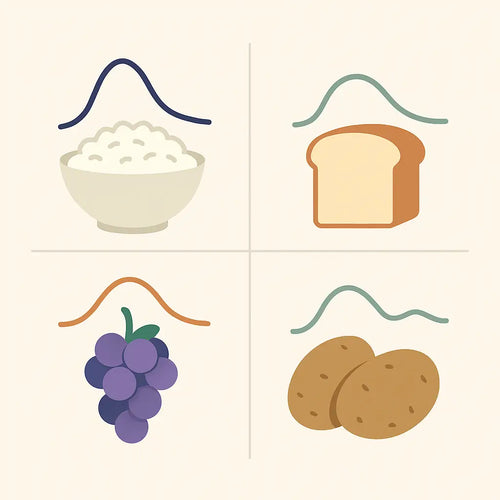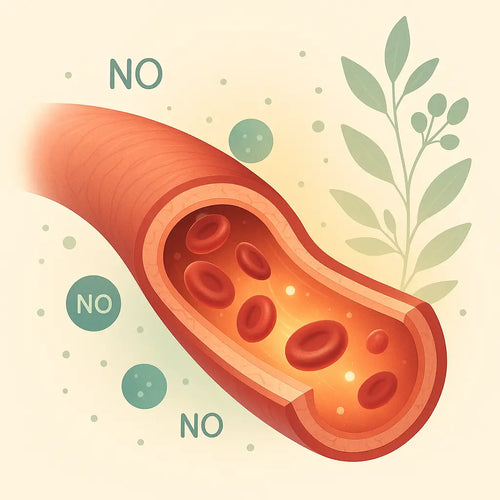The reviewed study investigated if there was a relationship between overweight, obesity and the presence, extent and severity of low back disc degeneration (Samartzis D, et al. 2012). MRI was used in the evaluation and also measurements of height, weight and body mass index (BMI). 2,599 men and women with an average age of 41.9 years participated in the research.
As the BMI increased the researchers found a significant increase in the number of degenerated discs. They also found more severe degeneration and end-stage disc degeneration with disc space narrowing with elevated BMI. This was particularly true for the participants that were overweight or obese.
It was concluded that there was a significant association between the presence, the extent and the severity of low back disc degeneration in overweight and obesity when measured with MRI.
It was speculated that the reasons may be increased compression from the weight, but very interesting was that they also suggested it may be because of increased inflammation produced by the fatty tissue.
If you want to lose weight it is important to lose fat, not muscles. Not all weight loss programs will make you do that. Depending on how you eat, you can lose more fat or you can lose more muscle.
If you follow the recommendations outlined in the Learn to Eat plan, you will lose fat not muscles and improve several biomarkers related to health. Download it immediately to your computer and get started by clicking here.
Samartzis D, Karppinen J, Chan D, Luk KD, Cheung KM. The association of lumbar intervertebral disc degeneration on MRI in overweight and obese adults: A population-based study. Arthritis Rheum. 2012 Jan 27. doi: 10.1002/art.33462.









